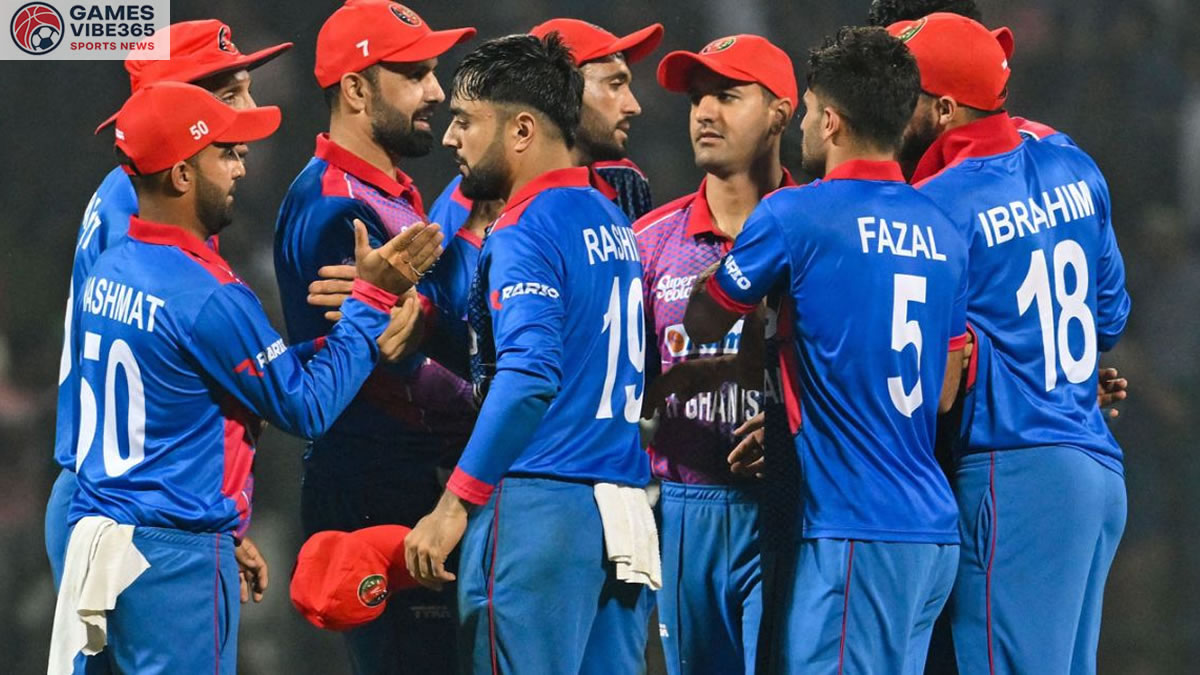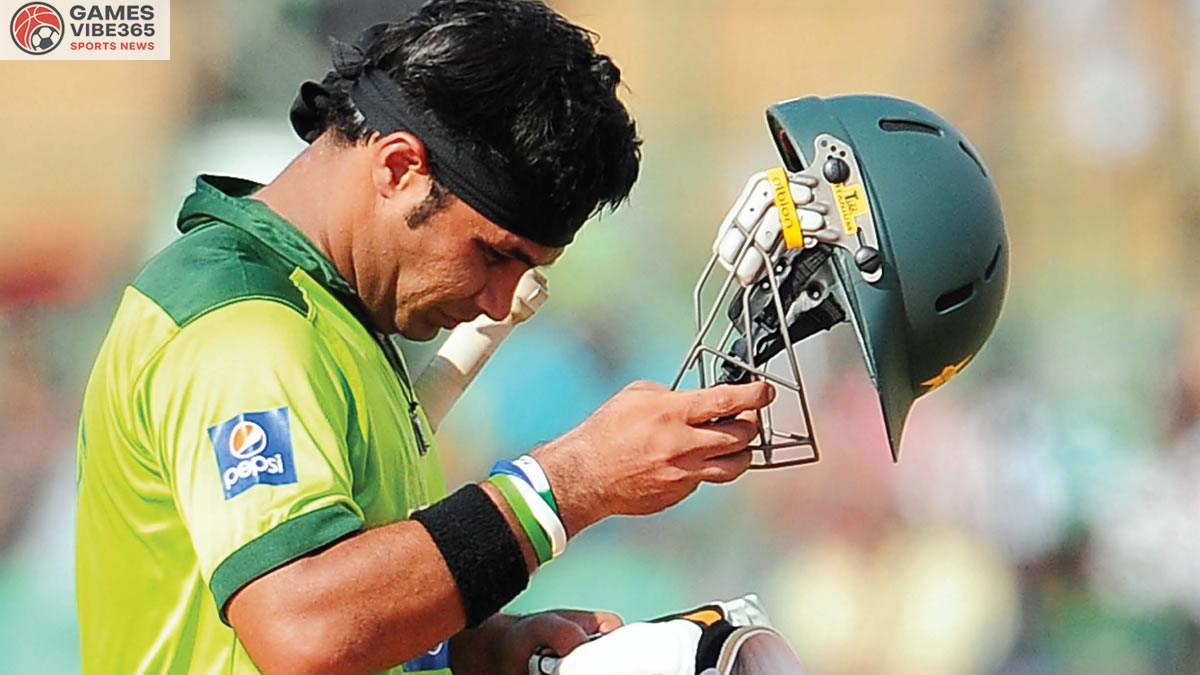The Asia Cup 2025 has already delivered thrilling contests, dramatic finishes, and memorable performances. However, one of the biggest disappointments of the tournament has been Afghanistan’s failure to qualify for the Super 4 stage. A team known for its fearless batting and lethal spin attack, Afghanistan entered the Asia Cup with high hopes, but their campaign ended abruptly in the group stage.
1. Inconsistent Batting Order
One of the major reasons Afghanistan could not qualify was their fragile and inconsistent batting line-up. Despite having big hitters like Rahmanullah Gurbaz, Ibrahim Zadran, and Najibullah Zadran, the team struggled to post or chase competitive totals.
- Failure at the top order: The openers did not provide solid starts in crucial matches. In T20 cricket, a flying start is often the difference between victory and defeat.
- Over-dependence on individuals: On days when Gurbaz failed, the rest of the batting line-up collapsed under pressure. Unlike India or Pakistan, Afghanistan lacked middle-order stability.
- Lack of finishers: In close contests, Afghanistan missed a powerful finisher who could close the innings with authority.
This inconsistency meant that even after decent bowling performances, Afghanistan’s batting could not carry them over the line.
2. Middle-Order Collapse Under Pressure
The middle order repeatedly collapsed in high-pressure games. Against stronger opponents, Afghanistan’s batsmen struggled to rotate strike and lost wickets at regular intervals.
- Poor strike rotation: Instead of building partnerships, they often looked for boundaries, leading to rash shots and quick dismissals.
- Pressure handling: Teams like India and Pakistan thrive under pressure, but Afghanistan’s middle-order failed to absorb it.
This weakness became more visible in crunch moments when matches could have been won with a calm approach.

3. Over-Reliance on Spin Bowling In Asia Cup 2025
Afghanistan has long been known for its world-class spin attack led by Rashid Khan, Mujeeb ur Rahman, and Noor Ahmad. While spin has been their greatest strength, in Asia Cup 2025 it also became a limitation.
- On batting-friendly pitches in UAE, spinners did not get as much help as expected.
- Opponents like India and Pakistan prepared well to counter spin, neutralizing Afghanistan’s main weapon.
- The pace attack looked weak in comparison, lacking wicket-taking ability with the new ball.
This imbalance in bowling meant that if spinners failed, Afghanistan had no backup plan.
4. Lack of Experience in Handling Big Matches
Asia Cup matches are not just about skills—they are about temperament and handling pressure. Afghanistan is still a growing side, and their lack of big-match experience showed clearly.
- In key group matches, poor decision-making cost them opportunities.
- Captaincy under pressure was questionable, with defensive field settings at critical stages.
- Players looked nervous in crunch chases, resulting in poor shot selections.
This inexperience made it difficult for them to compete with seasoned teams like India, Pakistan, and even Oman, who showed surprising resilience.
5. Missed Opportunities in Close Asia Cup 2025 Matches
Afghanistan’s campaign wasn’t only about big losses—it was about small margins that went against them.
- Dropped catches at vital moments gave opponents lifelines.
- Poor running between wickets cost them crucial runs.
- Bowlers often leaked boundaries in the final overs despite having matches under control.
In a short tournament like the Asia Cup, these fine margins determine qualification. Unfortunately, Afghanistan came up short in seizing key moments.
6. Tough Competition in the Group
The structure of the Asia Cup 2025 groups was also a factor. Afghanistan found themselves in a tough pool alongside India, Pakistan, and Oman.
- India came with a strong squad led by Suryakumar Yadav, already in top form.
- Pakistan’s balance of pace and batting depth made them difficult opponents.
- Even Oman, though considered weaker, played fearlessly and pushed stronger teams hard.
This meant Afghanistan had little room for error. Unlike in previous editions where one win could keep them alive, this time they needed consistent victories, which never came.
7. Fitness and Injury Concerns
Another silent but impactful factor was player fitness. A couple of Afghanistan’s key players were either recovering from injuries or not fully match-fit. In tournaments as short and intense as the Asia Cup, fitness often decides the outcome.
- Rashid Khan, returning from injury, looked effective but not at his absolute best.
- The pace bowlers lacked stamina in hot Abu Dhabi conditions.
Such fitness concerns further reduced Afghanistan’s ability to compete consistently.
8. Lessons for the Future
While Afghanistan’s early exit is disappointing, it also offers lessons for the future:
- Invest in batting depth: Afghanistan needs a stronger and more reliable middle order.
- Develop pace attack: Relying solely on spin is not sustainable, especially on flat pitches.
- Improve game awareness: Smarter decision-making in crunch situations can change outcomes.
- Focus on fitness: Modern cricket demands peak fitness, especially in international tournaments.
If Afghanistan works on these areas, they have the potential to become a consistent force in Asia Cup and World Cup tournaments.
Conclusion
Afghanistan’s failure to qualify for the Asia Cup 2025 Super 4 is a setback, but it is also part of their growth journey. The team has shown flashes of brilliance in the past, and with the right improvements, they can return stronger in upcoming ICC tournaments.
The Asia Cup has once again highlighted that talent alone is not enough; consistency, temperament, and smart cricket are equally important. For Afghanistan, the road ahead will be about learning from mistakes, strengthening weak areas, and ensuring they are better prepared for future challenges. As cricket fans, we can only hope that this spirited team uses the disappointment of 2025 as motivation to rise higher on the global stage.
Also Read: FIFA 2026 Rankings Spain Hit No.1 After Boycott Threat Over 2026 World Cup








